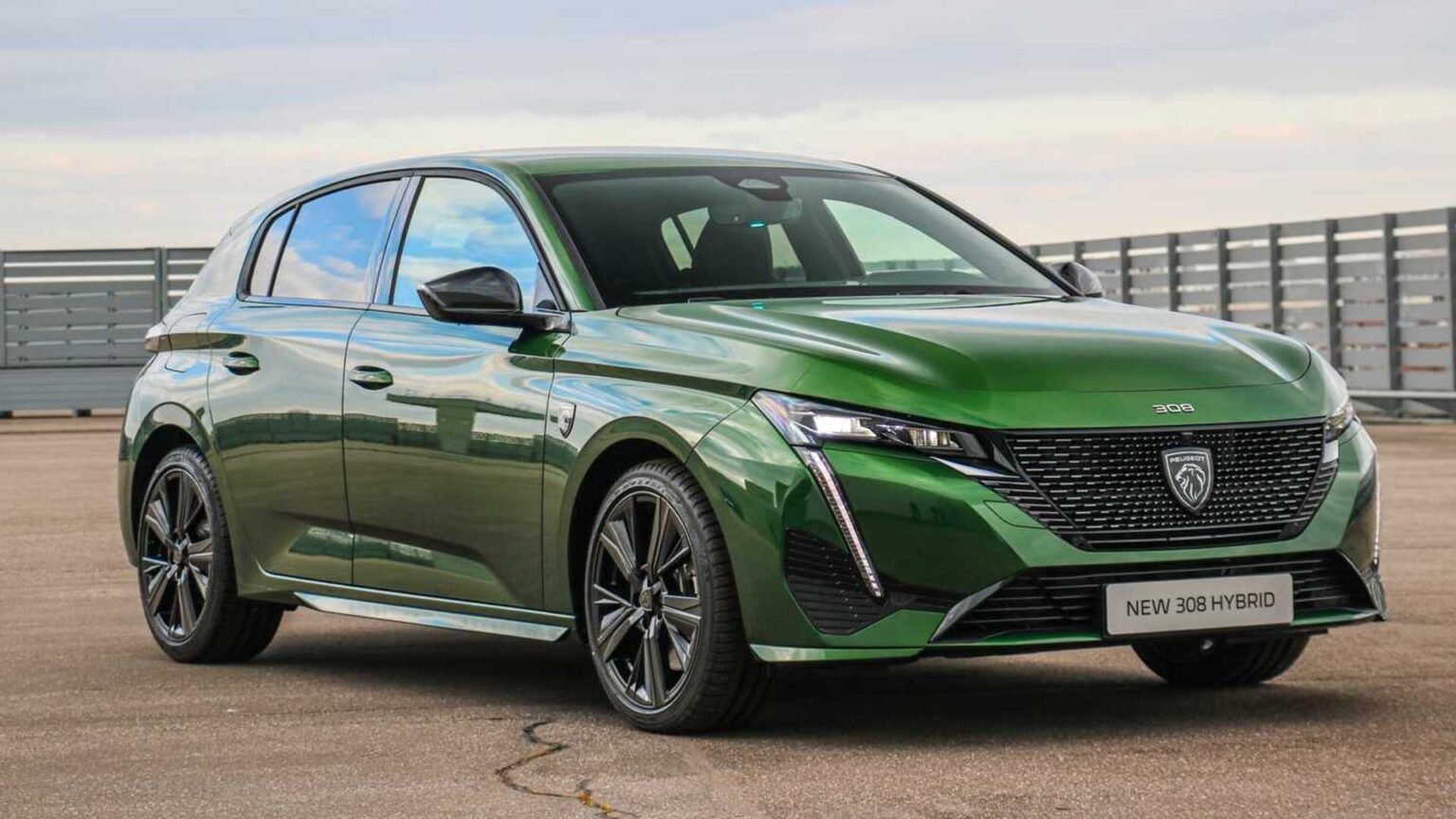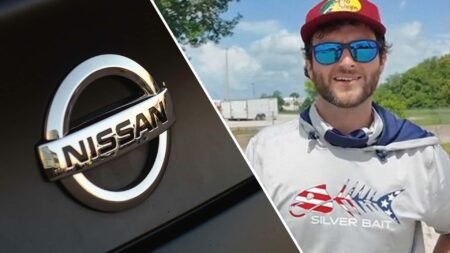It’s not easy being an automotive engineer tasked with developing a new car for the European market. The EU undoubtedly has the strictest legislation in terms of emissions, noise, safety, and other criteria. These higher standards not only drive up prices but also consume a significant portion of engineering time.
Stellantis Chairman John Elkann told Automotive News Europe that an engineer working at one of the largest automotive conglomerates spends more than a quarter of their time solely on ensuring compliance with the EU’s stringent regulations: “If you look at our engineers, more than 25 percent just work on compliance, so no value is added.”
Upcoming Fiat 500 with gas engine
Photo by: Fiat
And it’s only going to get worse. Elkann, who also chairs Ferrari, says cars sold in Europe will need to meet more than 120 new regulations by the end of the decade. The most daunting challenge is reducing fleet emissions. The 93.6 g/km average for 2025 to 2029 is already 15% lower than the previous standard. For the 2030-2034 period, that figure will have to drop further to just 49.5 g/km. Starting in 2035, new cars sold in Europe won’t be allowed to produce harmful emissions, effectively banning the use of combustion engines.
We’ve recently mourned the loss of many fun cars in Europe due to tighter regulations, but the impact reaches far beyond sports cars. Elkann argues that small vehicles are also being squeezed out as rising prices, driven by costly regulatory compliance, make them less viable. The Volkswagen Group stopped making the VW up!, Skoda Citigo, and the SEAT Mii years ago.
He noted that more than one million vehicles priced under €15,000 were sold in Europe in 2019, but that number has since plummeted to around 100,000. His solution? The EU should take inspiration from Japan’s kei cars and introduce a European equivalent: “There’s no reason why if Japan has a kei car, which is 40 percent of the market, Europe should not have an E-Car.”
Earlier this year, former Renault CEO Luca de Meo also emphasized the need for smaller cars, stating: “Driving around every day in an electric vehicle weighing 2.5 tons [5,551 pounds] is clearly an environmental nonsense.”

Photo by: Motor1
Despite the growing popularity of crossovers, there’s still a clear demand for smaller, lighter vehicles in Europe. Renault’s budget brand Dacia is thriving with its no-frills lineup that’s both lightweight and affordable. According to data from the European Automobile Manufacturers’ Association (ACEA), Dacia held a 5.1% market share through April, thanks in part to the success of the Sandero supermini. While Dacia does sell SUVs like the Duster and Bigster, even the heaviest configuration of the latter weighs only about 1,400 kilograms (3,086 pounds).
Excessive bureaucracy is undermining affordability and could backfire on Europe’s push for electrification. Making new cars more expensive risks encouraging people to keep their older, more polluting vehicles. Loosening regulations on small cars, similar to Japan’s kei car approach, could give automakers the flexibility to build cheaper, more efficient models. Will that happen? Given the EU’s tendency to tighten the rulebook, it seems unlikely.
Read the full article here














